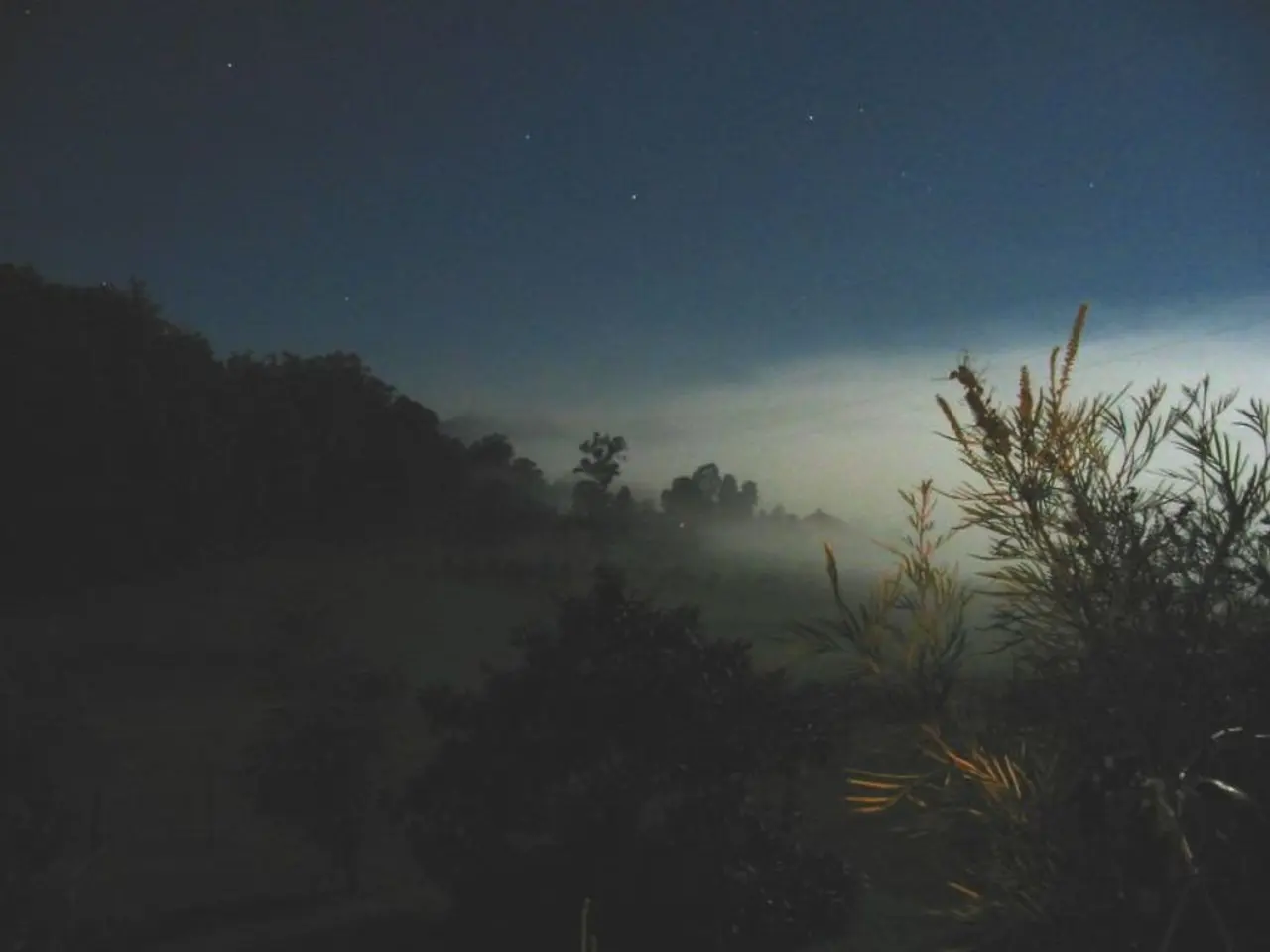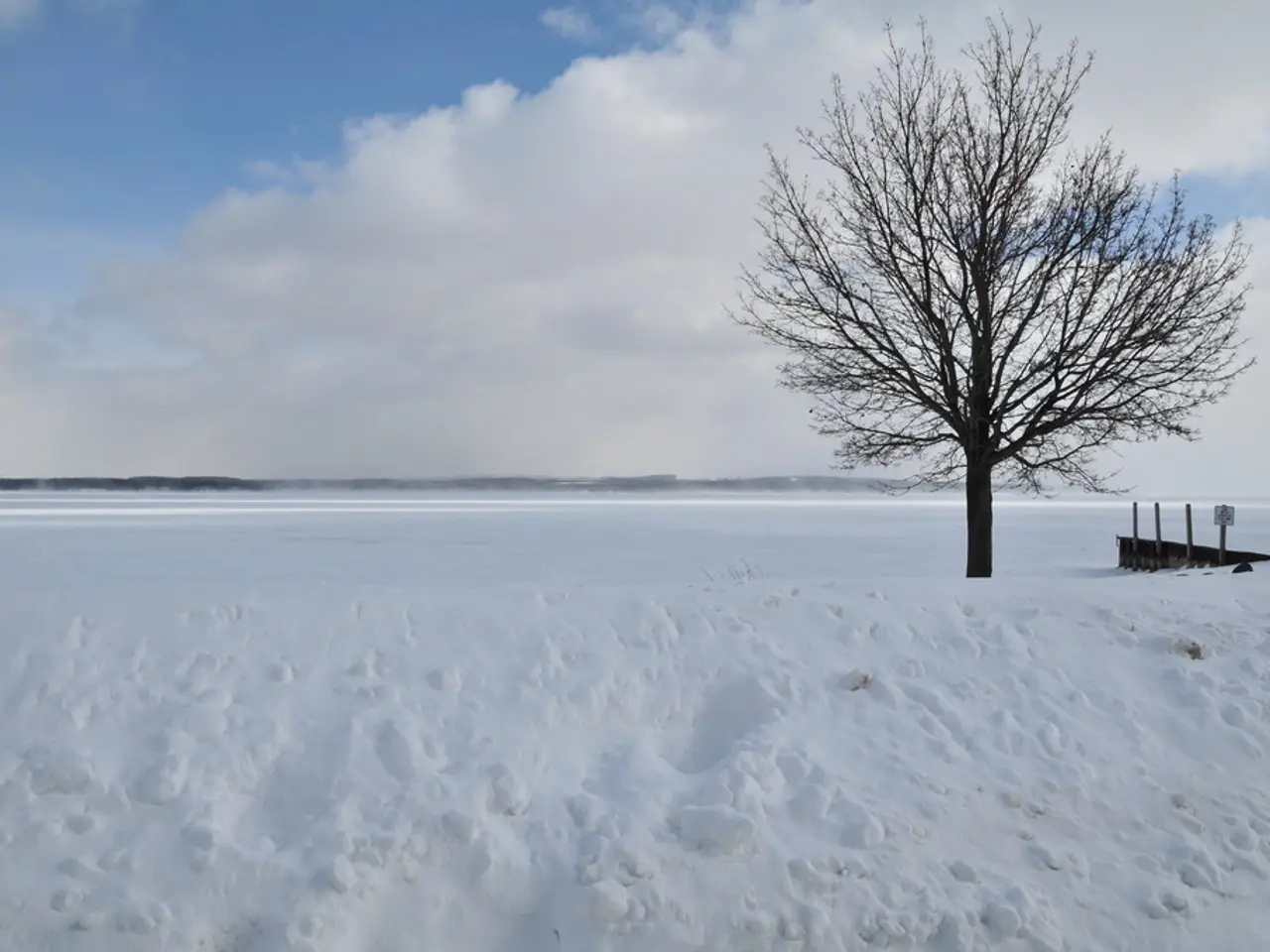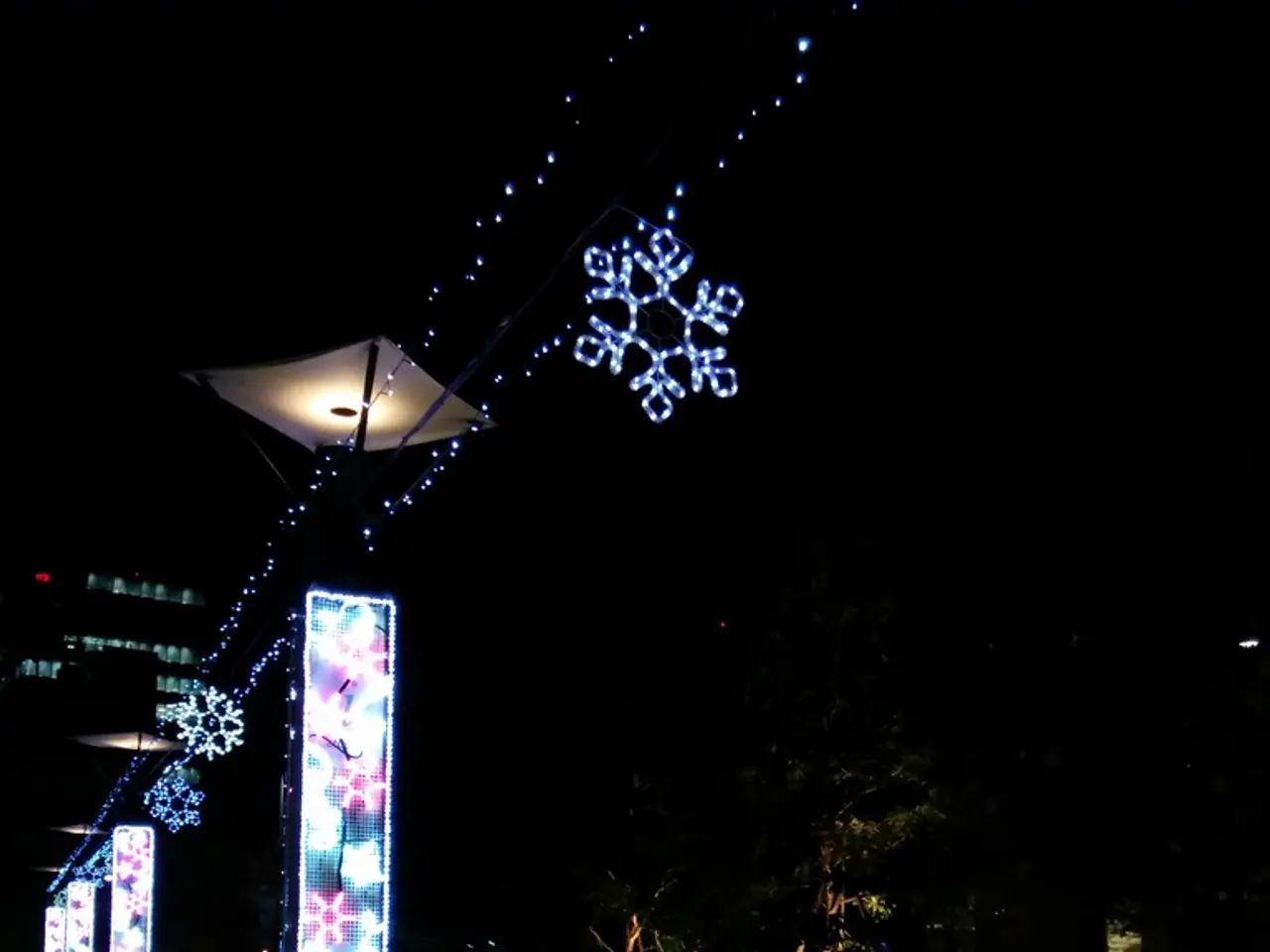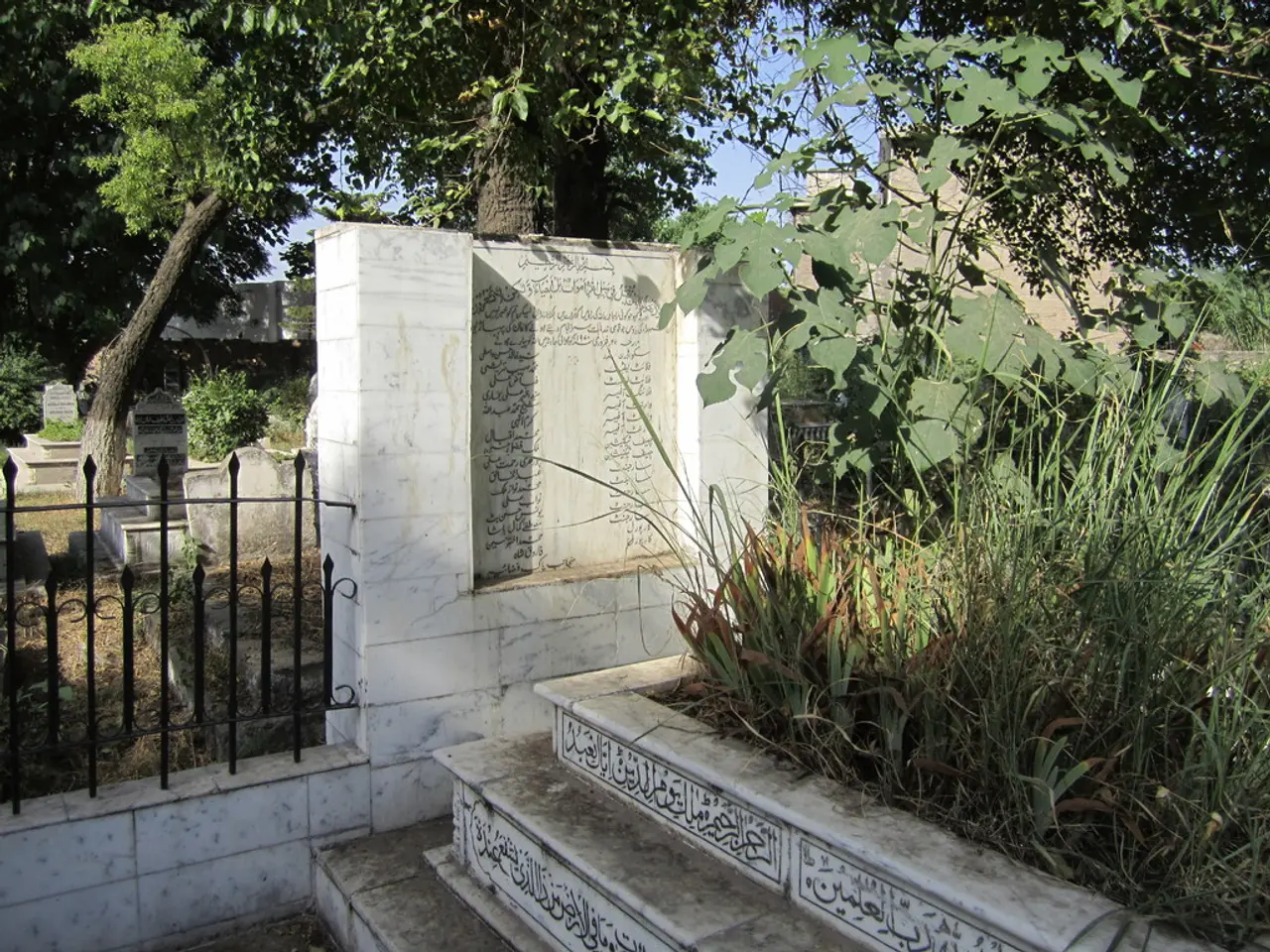Viewing the Perseids Meteor Shower 2025: Guidelines for Witnessing Spectacular Shooting Stars Tonight
Prepare for a celestial spectacle as the annual Perseid meteor shower graces our skies this summer. Here's everything you need to know to make the most of this dazzling event.
Firstly, finding the perfect viewing location is crucial. Light pollution can hinder your view of dim meteors, so it's best to observe from a dark sky site if possible. If that's not an option, find the darkest corner of your backyard or even a spot within your home that can be made as dark as possible.
The Perseids will be at their best from midnight until the hour or so before dawn. During this period, Earth passes through the densest part of the debris stream left behind by comet 109P/Swift-Tuttle. This comet orbits the Sun once every 133 years and last passed near the inner solar system in 1992, replenishing the trail of material we encounter each year.
To spot the radiant, locate the constellation of Perseus. The easiest way to find Perseus is by locating the nearby constellation of Cassiopeia, which will appear as a W shape of bright stars. Perseus rises just as the Sun is setting and can be found throughout the night in the north to the northeastern sky.
Getting comfy is essential to prevent neck strain. Whether you're on a sun lounger or lying on the floor with a blanket and cushion, make sure you're comfortable for the long night ahead. Also, remember to wear layers to adapt to the changing temperatures throughout the night.
It's best to position yourself so the Moon is blocked by a building or tree. The Moon will rise in the east, moving higher in the sky and towards the East as the night goes on. On the night of the peak, the Moon will still be around 88 per cent illuminated and will be up for most of the night, but it's still recommended to find a spot where the Moon's light won't interfere with your view.
In the case of the Perseids, this comet is the source of the annual shower. Meteor showers occur when Earth passes through the fine dust debris strewn around a comet's orbit. The particles, called meteoroids, enter Earth’s atmosphere at very high speeds. The air in front of them compresses and heats up, causing the meteoroids and surrounding air to glow, creating visible streaks of light known as meteors or shooting stars.
The peak of activity for the Perseids is on the night of 12/13 August. This year, Jupiter and Venus will make their closest pass for the year on the same night, providing an additional celestial treat for stargazers.
The Perseids have a zenithal hourly rate (ZHR) of 100 to 150 meteors per hour, making it one of the most prolific meteor showers of the year. So, grab your blanket, find a dark spot, and prepare for a night filled with shooting stars!
- To maximize your view of the Perseid meteor shower, consider visiting a dark sky site to minimize light pollution.
- The Perseids are caused by Earth passing through the fine debris left by comet 109P/Swift-Tuttle, which orbits the Sun once every 133 years.
- To locate the radiant of the Perseid meteor shower, identify the constellation of Perseus, which is near Cassiopeia, and rises just as the Sun sets.
- To ensure a comfortable viewing experience, wear layers and find a spot where the Moon's light won't interfere, such as a location with a building or tree to block its light. The peak of the Perseids is on the night of 12/13 August, and this year, Jupiter and Venus will be in close proximity, offering an extra celestial spectacle.








